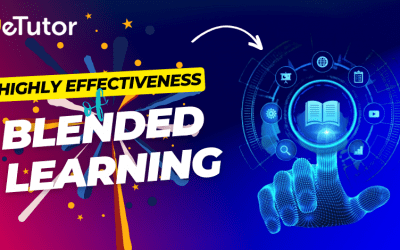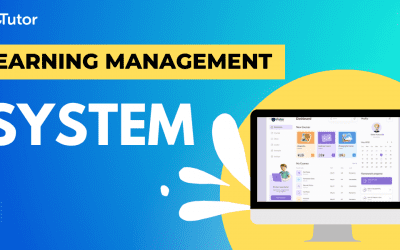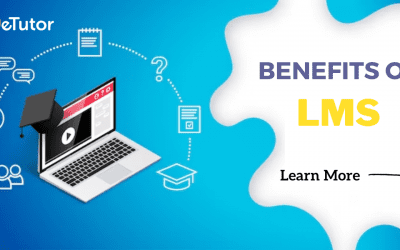eLearning: Features, Types & Advantages | eTutor

Table of Contents
ToggleTable of contents
Introduction
What is an e-learning
eLearning benefits
Importance of eLearning
Conclusion
Frequently Asked Questions
Introduction
The covid-19 pandemic created a lot of disturbances in the education sector. The advent of technology and new-age solutions like the Learning Management System and e-Learning platforms paved a new way in education.
This blog post will discuss e-Learning benefits, advantages, and importance.
What is an e-learning?
A way of delivering training or educational content utilizing technological devices is known as e-learning or electronic learning. It includes online courses, webinars, instructional videos, electronic textbooks, and other types of multimedia content.
E-learning gives students the flexibility and convenience to access course materials, communicate with teachers, and collaborate with other students from any location with an internet connection. It may also deliver individualized instruction that meets every student’s unique requirements and preferences.
In recent years, e-learning has grown in popularity, especially as technology has developed and more people have access to high-speed internet connections. It is utilized in various settings, including corporate training initiatives, professional development programs, and formal education in schools and colleges.
E-LEARNING BENEFITS:

When compared to traditional classroom-based learning, e-learning offers several advantages, such as:
Flexibility: E-learning allows students to access course materials at their own pace and timetable, which is very helpful for individuals with busy schedules or other obligations.
Cost-Effective: E-learning can be more economical than traditional classroom-based education because it doesn’t require a physical classroom and saves students money on travel and lodging.
Access to a broad selection of courses: No matter where they are in the world, students can access a broad selection of courses through e-learning.
Personalization: E-learning can be customized to meet the needs and interests of specific students, enabling them to concentrate on their areas of weakness.
Enhanced engagement: Interactive and multimedia components are frequently included in e-learning, which can enhance learning enjoyment.
Improved Retention: E-learning can increase retention rates by giving students longer access to course materials and resources, enabling them to review and consolidate their knowledge.
Ecologically friendly: Because it eliminates the need for paper-based materials and lowers carbon emissions associated with travel, e-learning is a more ecologically friendly option than traditional classroom-based education.
IMPORTANCE OF E-LEARNING:
E-learning techniques and technology are crucial for both the academic success of students and the career advancement of individuals.
- E-learning has been developed to enable students to complete their foundational education and develop their abilities. Also, individuals can earn a degree certificate without ever setting foot inside a classroom, college, or other educational setting.
- Tutors could instruct from anywhere at any convenient time, which is a terrific source of income.
- Using e-learning at all educational levels ensured that students quickly and fully understood the lectures.
- Psychology claims that the audio-visual approach of instruction creates a structured learning environment. Positive engagements between tutors and students exist.
- One of the benefits of e-learning in education is that learners and instructors can get advanced learning abilities. For instance, one such development is the production and sale of eBooks.
- E-learning has tried to bring together students, teachers, subject matter experts, professionals, and other special interests. As a result, sharing knowledge through various online platforms is a good habit. It is crucial in the modern era, where competition and the universe expand. So, timely knowledge aids in a person’s improved development.
Conclusion:
The use of electronic learning has grown in importance for instructors all around the world. Only some people knew at their fingertips earlier.
Geography restrictions have created obstacles for educators and students to visit other nations. Consistent schooling has been made possible thanks to this new trend.
E-learning also gives students and teachers more options for international collaboration. We already know that the future expansion of online learning will be exponential.
Frequently Asked Questions
Author: Saritha Reddy
Website: https://www.etutor.co







